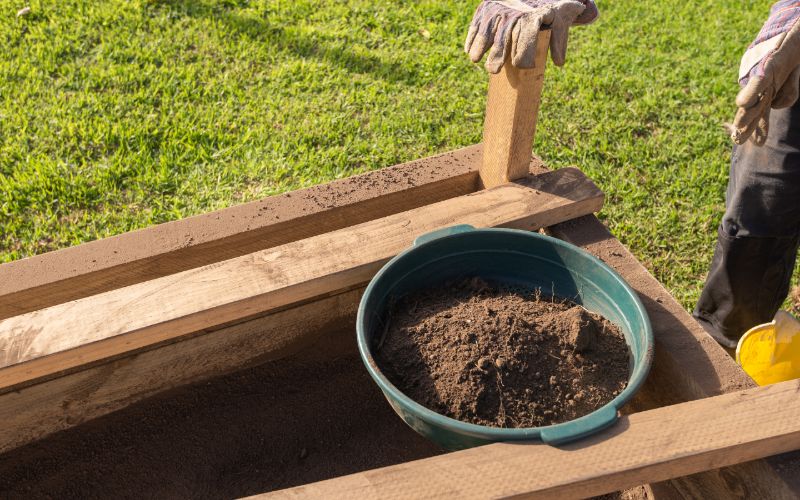Do Hydrangeas Like Acidic Soil? The pH That They Prefer
-
Pete Ortiz
- Last updated:

Gardeners spend countless hours choosing the right shrubs and flowers for their landscape. One of the most popular among gardeners is hydrangeas. You may have found a spot where the plant will receive adequate drainage and the right amount of sunlight, but what about the soil?
Hydrangeas do well in both acidic and alkaline soil with a pH range of 5.0 to 8.0. They prefer a pH range of 5.5 to 7.5, however.
 How Does pH Affect the Blooms?
How Does pH Affect the Blooms?
Although hydrangeas are hardy plants and do well in both acidic and alkaline soil, the pH can affect the color of the blooms. For instance, you can adjust the blooms of Bigleaf Hydrangeas like Lacecap and Mophead varieties. The pH can be amended and changed from pink to blue and blue to pink. Keep in mind, though, that some varieties of bigleaf hydrangeas are solid white, and changing the soil will not produce any color.
If your plant is producing pink hydrangeas that you want to change to blue, it will require acidic soil with a pH of 6.5 or less. For pink blooms, the soil should be neutral or alkaline, with a pH of 6.5 and above. To produce different shades of blooms on one plant, the pH of the soil should be between 5.5 and 6.5

How to Adjust the pH of the Soil
Whether you have your hydrangeas in your garden or in a container will determine the length of time and how hard it will be to adjust the pH of your soil.
To test the pH level of the soil will require a soil meter or a test kit. You can also take a sample to your local extension office to get a more accurate result.
To produce blue hydrangeas, the soil will need to be more acidic. The easiest way to do so is to add an acidifier or soil additives that are specific to hydrangeas. All-natural products on the market will adjust the acid for blue blooms and the alkaline for pink blooms. It is recommended that you add it to the soil when planting hydrangeas.
Soil for Hydrangeas
For hydrangeas to grow well, they need soil that is a combination of both sand and silt. The balance is important for moisture and drainage. Hydrangeas need sand in the soil to provide drainage and prevent the roots from rotting due to excess pooling of water. The silt is also necessary to provide moisture to the plant when it needs it. Planting the hydrangeas in soil that is half silt and half sand provides it with the proper balance.
To balance out sandy soil, you can add peat moss for moisture. Otherwise, you may want to choose another variety like one of the oakleaf varieties that prefer drier conditions.
For gardeners who have clay soil and want to plant hydrangeas, a better choice of hydrangea is the smooth hydrangea since other types will not do well in wet soil. If you are intent on adding other types of hydrangeas in clay soil, try adding some sand and peat moss to the soil and take care not to over-water them.

 Conclusion
Conclusion
Hydrangeas are not difficult plants, and they can thrive in both acidic and alkaline soil. They need good drainage to prevent root rot, and you can adjust the pH level to control the color of the blooms. That’s right! The soil can be amended to change them from pink to blue and vice versa. For gardeners who do not have a color preference, a pH level of 5.0 to 8.0 will keep your hydrangeas thriving for many years.
Featured Image Credit: ChiemSeherin, Pixabay
Contents

 How Does pH Affect the Blooms?
How Does pH Affect the Blooms?